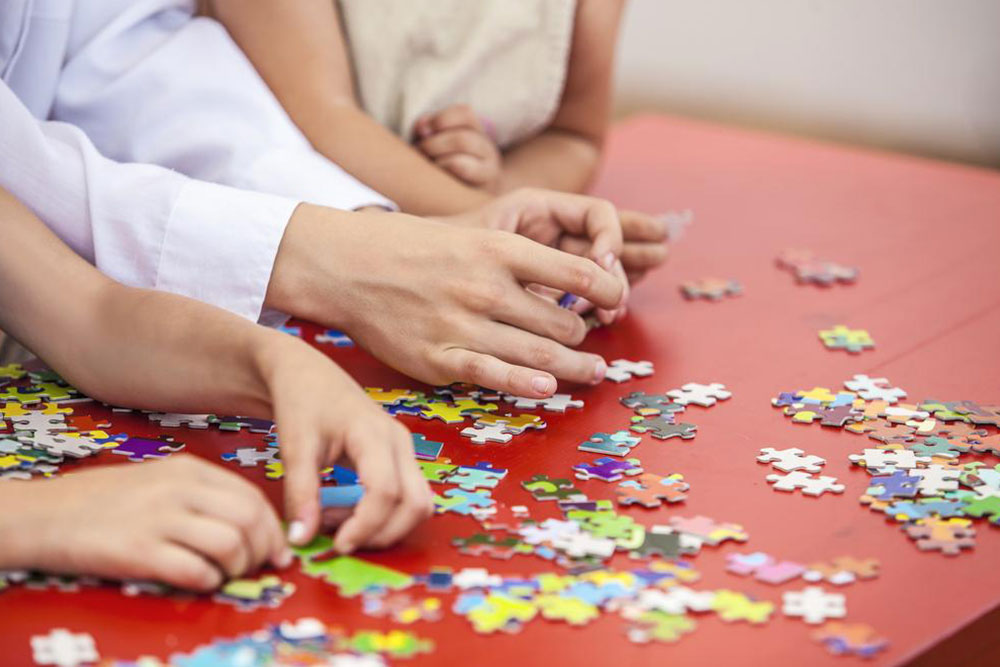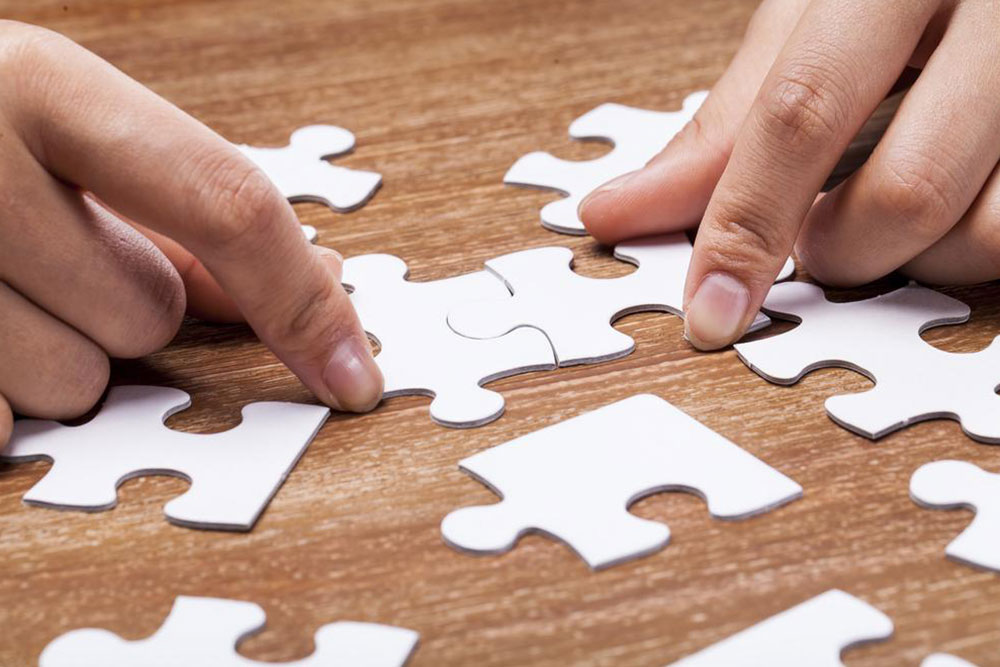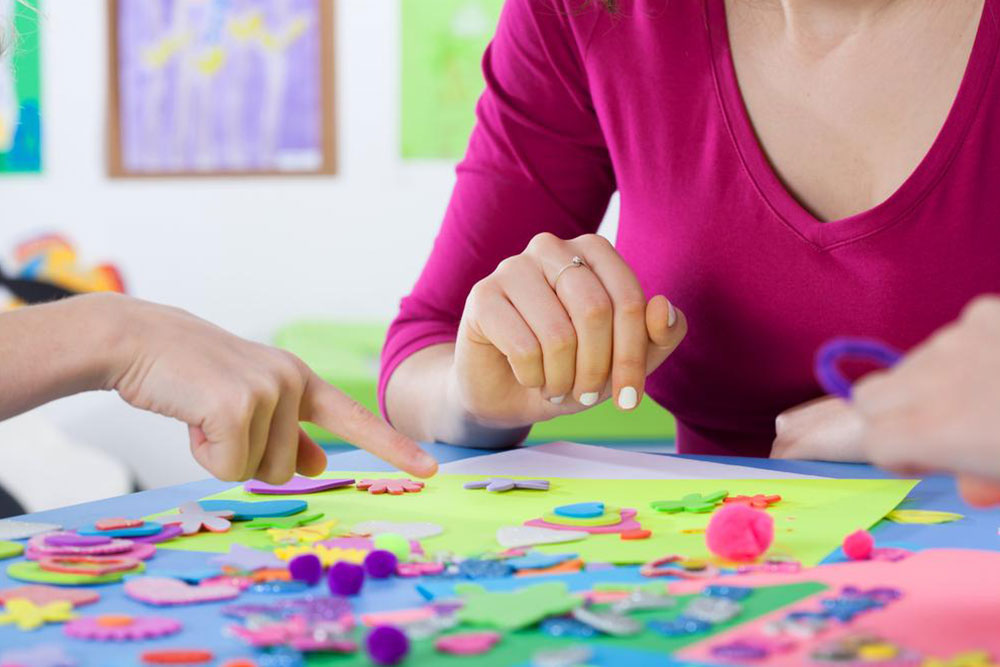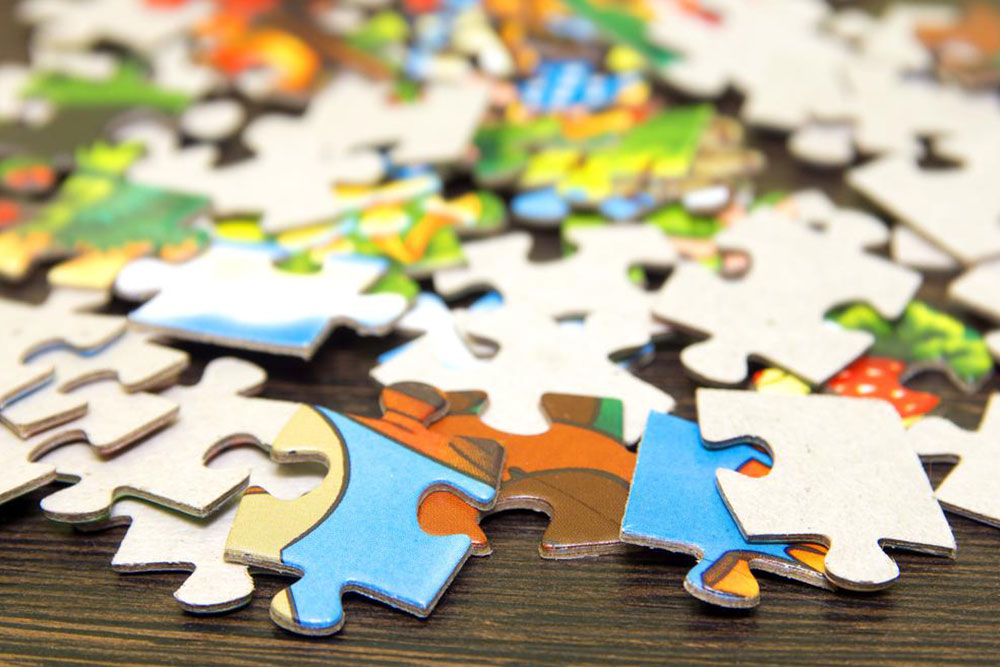The History and Development of Puzzles
This article explores the rich history of puzzles, from their origins in educational tools to their evolution into competitive activities worldwide. It highlights key developments, types of puzzles, and their role in fostering analytical skills among enthusiasts and professionals alike.
Sponsored

Puzzles come in various forms of games and challenges designed to test problem-solving skills. They encourage logical thinking and pattern recognition as players assemble pieces to achieve a specific goal. Skilled puzzle solvers often excel at working backward from the solution, assembling scattered pieces to complete a whole.
The origin of puzzles dates back to the 1700s with the creation of jigsaw puzzles. These involve fitting individual pieces into a coherent image or pattern.
Some puzzles are designed as timed challenges to test speed, while others serve as relaxing activities for leisure and social bonding. Puzzles improve analytical reasoning, shape recognition, and pattern matching skills, often guided by images that serve as visual clues.
The concept of puzzles was pioneered by British engraver John Spilsbury, who created educational puzzles by drawing maps, then cutting around borders to teach geography. His innovation marked the beginning of puzzle entertainment, which gradually expanded into competitive arenas requiring mathematical and strategic acumen. Today, puzzles range from simple crosswords to complex Rubik’s cubes, with international competitions showcasing the best solvers and offering substantial awards. Puzzle enthusiasts now dedicate significant time and resources to mastering these challenging games.





